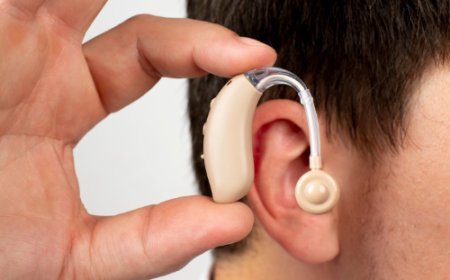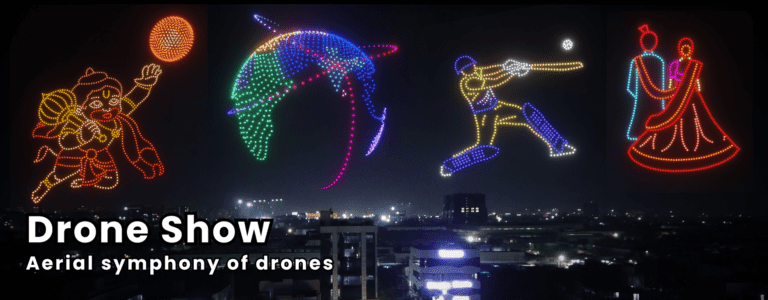Understanding Vitiligo: Symptoms, Types & Treatment Options in Delhi

Vitiligo is a chronic skin disorder that involves the loss of skin pigmentation in the form of white patches on the skin. It is caused when melanocytes — the cells that produce melanin (skin color) — are destroyed or fail to function. While not life-threatening or infectious, vitiligo can be highly debilitating to one's emotional and psychological state because of its outward appearance.
In this article, we’ll explore the symptoms, types, and treatment options for vitiligo — along with insights on the cost of vitiligo treatment in Delhi and how to choose the best clinic for vitiligo treatment.
What Are the Symptoms of Vitiligo?
The most evident sign of vitiligo is the growth of white spots on the skin. The spots may show up anywhere on the body but are more likely in sun-exposed areas, including the face, neck, arms, hands, and feet.
Other signs and symptoms are:
Premature whitening of scalp hair, eyebrows, eyelashes, or beard
Loss of pigmentation on the mucous membranes (inside the mouth and nose)
Loss of color on the retina
Discoloration in the area of body openings (eyes, belly button, genitals, etc.)
Vitiligo usually starts as a tiny spot and then extends over time. Progression differs from individual to individual — in some cases, the patches are stationary, while in others they grow quickly.
Types of Vitiligo
Vitiligo is broadly categorized into various types depending on its pattern and distribution:
1. Non-Segmental Vitiligo (NSV)
Most common variant, non-segmental vitiligo occurs bilaterally on the body. Frequent areas involved are hands, arms, feet, knees, and orifices of the body. This variant tends to progress over time.
2. Segmental Vitiligo (SV)
Segmental vitiligo is typically limited to a single region or side of the body. It tends to start at an early age and continue for a year or two before reaching a plateau. This is less frequent and tends to be more responsive to early intervention.
3. Focal Vitiligo
This type involves discrete white patches without any pattern. It can remain localized or progress to more generalized vitiligo.
4. Universal Vitiligo
A very rare type in which almost 80% to 90% of the body loses pigmentation. It is an extreme type and is commonly linked with long-standing vitiligo.
5. Acrofacial Vitiligo
This variety impacts the fingers, toes, and facial orifices such as the mouth and eyes.
Recognizing the type of vitiligo is important in determining the optimum mode of treatment.
Vitiligo Treatment Options
Although there is no cure for vitiligo that is permanent, treatments are available to restore pigmentation and prevent the progression of the disease. The treatment depends on the size, site, type, and chronicity of the condition.
1. Topical Medications
Corticosteroid creams
Calcineurin inhibitors (tacrolimus, pimecrolimus)
These are generally used in early or localized vitiligo to suppress inflammation and stimulate melanocyte function.
2. Phototherapy (Narrowband UVB)
This is one of the best treatments for vitiligo. Regulated UVB exposure stimulates melanocyte function and encourages repigmentation.
3. Excimer Laser Therapy
Directed laser therapy for minor patches. Successful in stable cases of vitiligo with few side effects.
4. Micropigmentation (Tattooing)
Implanting pigment into the white areas. Best for use in places such as lips, but results may not be an exact natural color.
5. Surgical Options
Applied when vitiligo stabilizes for more than 1 year and other treatments have been unfruitful. The following are options:
Punch grafting
Blister grafting
Cellular grafting (Melanocyte transplant)
6. Camouflage Therapy
Utilization of cosmetics or dyes to camouflage patches with the normal skin. Ideal for those interested in non-medical camouflage.
Vitiligo Treatment in Delhi
Delhi has some of India's most sophisticated dermatological treatment available, such as specialized facilities like Dermalife Skin & Hair Clinic. With the guidance of Dr. Gaurav Garg, Dermalife offers personalized vitiligo treatment plans through the latest technology such as phototherapy, laser, and melanocyte transplants.
If you’re looking for vitiligo treatment in Delhi, it’s important to consult a board-certified dermatologist with experience in pigment disorders. Proper diagnosis and a tailored approach are key to achieving the best results.
Cost of Vitiligo Treatment in Delhi
The cost can vary depending on several factors:
Type and extent of vitiligo
Duration and response to treatment
Type of treatment (topical, laser, surgical, etc.)
Number of sessions required
Estimated costs:
Topical therapy: ₹1,000–₹3,000/month
Phototherapy sessions: ₹1,500–₹2,500 per session
Surgical treatments: ₹25,000–₹1,00,000 based on the extent of the area
Always ensure the clinic employs certified machines and adheres to stringent hygiene and safety standards.
Best Clinic for Vitiligo Treatment in Delhi
While choosing the best clinic for vitiligo treatment, check for:
Top dermatologists with established experience
Multiple treatment options
Clear pricing and consultation
Patient feedback and success stories
Dermalife Skin & Hair Clinic stands out as a leading choice, offering world-class care, personalized treatment plans, and state-of-the-art technology.
Conclusion
Vitiligo is a complex skin condition, but with timely diagnosis and the right treatment, its progression can be controlled and pigmentation restored. Whether you’re concerned about new patches or seeking advanced solutions, consulting a specialist in vitiligo treatment in Delhi is the first step toward skin confidence.
???? Schedule your appointment at Dermalife today and discover low-cost, effective solutions to address the unique needs of your skin.
What's Your Reaction?



















































